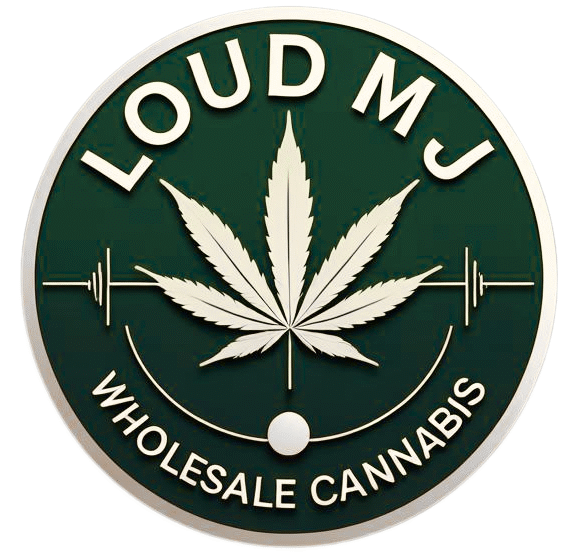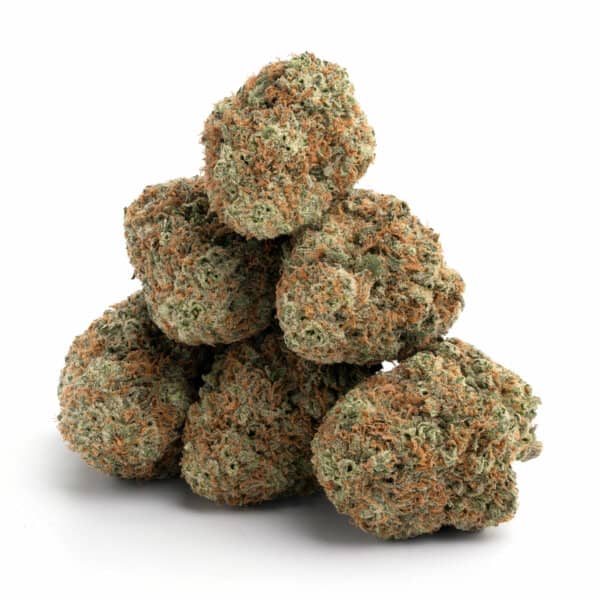Introduction
The wholesale THCa flower market is in a period of dramatic transition. Once a niche within hemp, it has become one of the fastest-growing—and most heavily scrutinized—segments of the cannabis supply chain.
In 2025, shifting state and federal regulations, coupled with volatile market pricing and increasing consumer demand for premium cannabinoids, have created a complex environment for distributors, cultivators, and retailers. Whether you’re sourcing bulk THCa flower or managing multi-state inventory, understanding the forces shaping this market is essential.
This guide explores pricing trends, sourcing challenges, and risk management strategies for businesses navigating wholesale THCa flower in 2025.
THCa Flower and Its Legal Landscape in 2025
What Is THCa Flower?
THCa (tetrahydrocannabinolic acid) is a non-psychoactive cannabinoid that converts to Delta-9 THC when heated. Under the 2018 Farm Bill, THCa hemp remains federally legal as long as Delta-9 THC stays below 0.3% dry weight. However, because THCa becomes intoxicating after decarboxylation, many states now treat it as high-THC cannabis.
Rapid Rule Changes and State Discrepancies
By 2025, state-level enforcement of THCa has fragmented the market.
- Permissive states (e.g., Florida, Texas, North Carolina): THCa hemp flower remains legal when sold under hemp labeling.
- Restrictive states (e.g., Colorado, Oregon, Washington): Bans or limits on THCa labeling and marketing are expanding.
- Emerging states (e.g., Pennsylvania, Illinois): Regulators are moving toward testing requirements and cannabinoid taxation.
These regulatory swings create uncertainty for wholesale operations that move product across borders.
Wholesale THCa Flower Pricing Trends in 2025
Key Pricing Drivers
- Testing Standards: Stricter COA requirements are driving up production costs.
- Lab Conversion Metrics: Some states are now calculating THC total potential (THCa + Delta-9), which impacts product classification.
- Consumer Demand: Demand for “high-potency hemp” remains strong among both online and retail buyers.
- Compliance Costs: Insurance, shipping compliance, and age verification requirements increase wholesale prices.
Average Market Pricing (Q4 2025 Estimates)
| Grade | Average Price per Pound | THC Content | Market Type |
|---|---|---|---|
| Premium Indoor | $950 – $1,400 | 25–30% THCa | Dispensary-grade |
| Greenhouse | $650 – $900 | 18–24% THCa | Retail hemp & vape markets |
| Outdoor | $300 – $550 | 12–18% THCa | Budget or infused product use |
(Data sourced from major wholesale platforms and verified hemp exchanges.)
Price Volatility Factors
- State enforcement actions create supply shocks.
- Seasonal harvests flood the market temporarily.
- New hemp cannabinoid innovations (like THCp and HHC) draw investor focus away from THCa temporarily, reducing short-term demand.
Sourcing Wholesale THCa Flower
Finding Reliable Suppliers
- Verify COAs: Always ensure products are tested by ISO-accredited labs.
- Audit Farming Practices: Choose cultivators using organic or regenerative methods to appeal to health-conscious consumers.
- Diversify Sources: Work with multiple suppliers to offset regional regulation risks.
Preferred Sourcing Regions
- Southern U.S. (e.g., Tennessee, North Carolina): Consistent climate and hemp-friendly laws.
- West Coast (e.g., Oregon, California): High-quality genetics but increasing restrictions.
- Midwest (e.g., Wisconsin, Kentucky): Emerging wholesale players offering competitive pricing.
Risk Management in the THCa Supply Chain
Compliance Risk
THCa flower often straddles the line between hemp and marijuana. Businesses must test frequently to ensure total THC remains under 0.3% at every stage.
Shipping Risk
Shipping interstate can expose businesses to federal inspection or carrier refusals. Use carriers familiar with hemp logistics and clearly label hemp-derived THCa shipments with COAs.
Financial Risk
Price volatility requires hedging and forward contracts to lock in costs. Large buyers may also use pre-harvest agreements with farmers to stabilize supply.
Reputational Risk
A single compliance violation can damage your brand’s credibility. Transparent testing, consistent labeling, and consumer education mitigate this risk.
Market Outlook for Wholesale THCa Flower
The THCa market continues to grow, but with higher barriers to entry. The most successful wholesale operations in 2025 will:
- Operate with transparent compliance frameworks.
- Build multi-state distribution networks to balance risk.
- Invest in direct-to-retail relationships rather than relying on brokers.
Experts predict steady demand for high-potency hemp flower, especially if federal cannabis reform remains stalled through 2026.
FAQs
Is wholesale THCa flower legal in all 50 states?
No. It depends on state laws. Some states classify THCa as marijuana due to its conversion potential.
What’s the difference between THCa flower and Delta-9 cannabis?
THCa flower is hemp by law until heated, while Delta-9 cannabis is marijuana regardless of THC concentration.
How can wholesalers stay compliant?
Use accredited labs, test pre-shipment, document all results, and keep thorough records of hemp origin.
Why are THCa flower prices fluctuating?
Because of inconsistent state regulations, supply chain costs, and changing consumer trends.
Should retailers invest in THCa wholesale in 2025?
Yes—if they operate in compliant states and maintain proper testing and labeling. It remains a high-demand product segment.
Conclusion: Navigating the Future of Wholesale THCa Flower
The wholesale THCa flower market is both promising and precarious. With increasing oversight, fluctuating prices, and a dynamic regulatory landscape, success in 2025 will depend on smart sourcing, proactive compliance, and agile business strategy.
Companies that stay informed, diversify suppliers, and prioritize testing and documentation will not only survive but thrive.
👉 Need a THCa compliance strategy or wholesale sourcing consultation? Contact our cannabis industry experts today for a custom roadmap to growth.



